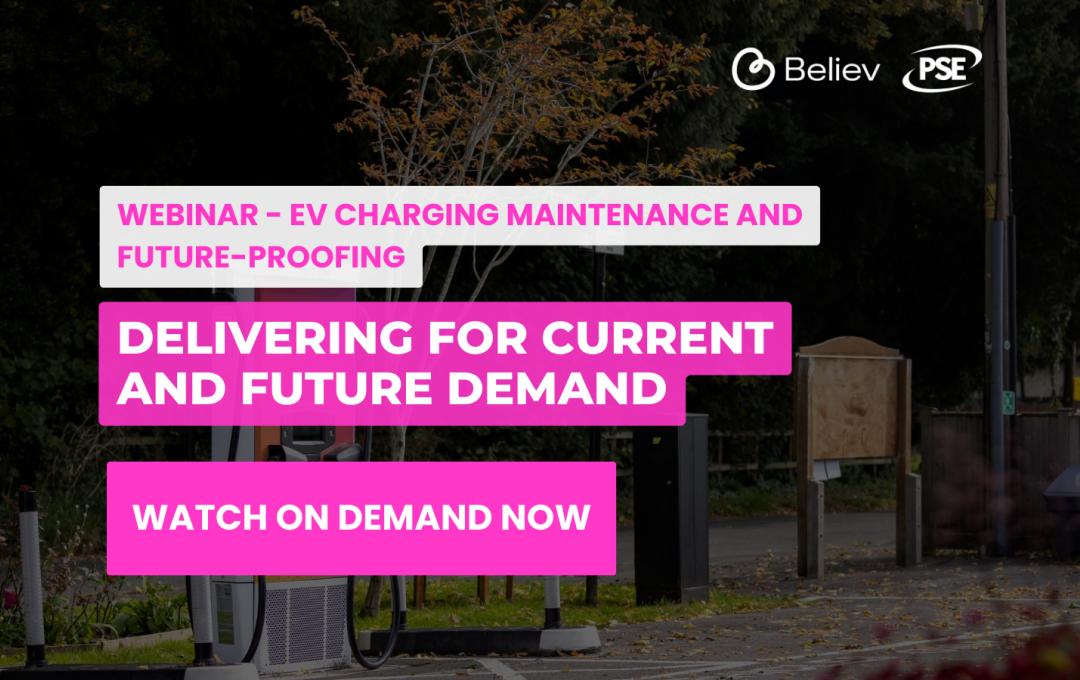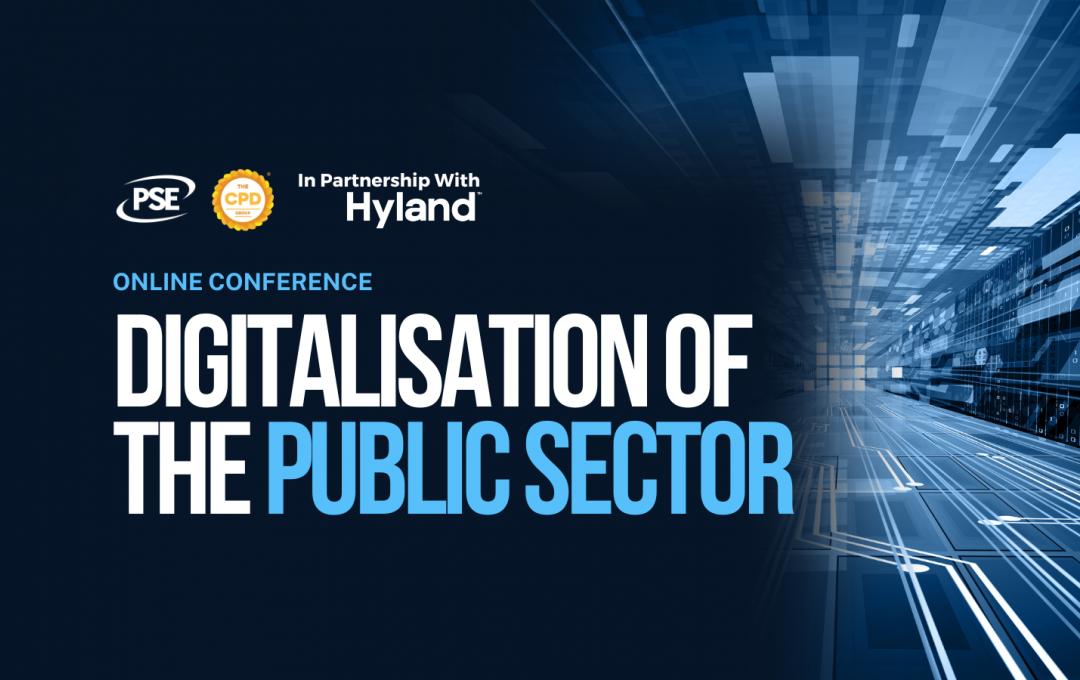There’s no understating the importance of our public sector.
We as citizens rely on it every day, and yet public service organisations must often undertake a lot of work with limited resources — a problem only exacerbated by a challenging landscape.
But without the budgets of the private sector, we’re forced to think differently about how we keep it operating to the best of its ability — especially in the midst of an ongoing talent crisis.
Today, the whole sector just look to provide a seamless, positive experience for its staff, or risk losing out to private companies and being left unable to serve its citizens.
It’s challenging, but not impossible.
Making sure that the sector has everything it needs to serve both employees and citizens is our priority, and the right technology solutions can help us do exactly that.
The challenges facing the public sector today
One of the main barriers to a more successful, efficient public sector is the overreliance on legacy technology.
Outdated legacy technology is not only inconvenient for the staff using it day to day, but also eats up a huge amount of budget — budget that could be spent on other vital public services like healthcare or education.
What’s more, clunky processes and inefficient technology can be a real deterrent for those considering a role within public service organisations.
When dealing with a new generation of talent that expects flexibility and convenience above all, it’s important to offer a seamless process at all stages of the hiring process in order to stay competitive, which is especially vital in the face of an ongoing talent crisis.
Existing legacy technology can make this extremely hard to achieve. And if we don’t look to resolve this issue? More and more crucial job roles — from teachers and carers to emergency service frontliners — will go unfilled.
To make things worse, these technologies are complicated and expensive to run, but even more complicated and expensive to replace. This means, not only must public sector staff battle with clunky, outdated systems that lack intuition, but trying to resolve that problem might be even harder.
However, there are solutions that can help.
How we can work around legacy technology in the public sector
So what exactly do these solutions look like?
Modern technology solutions, like those offered by ServiceNow can combat the issues of legacy technology by working with the legacy technology by working with it, rather than replacing it. In layman’s terms, the new platform is laid on top of what’s already there, and automates the process of getting the right information to the user at the right time, simplifying the whole process.
This, in turn, can improve the employee experience at all stages of the process, and save vital time and resources, contributing to a public sector that is able to do a better job of providing for its citizens.
Take onboarding, for example. When an employee is hired, they’re subscribed to all the tools they need to do their job properly, whether it’s productivity tools or other necessary computer software.
In theory, when that employee leaves, these subscriptions should be terminated, and the budget saved. However, high workloads, lack of resources, and human error can mean this step is easily overlooked, and the subscriptions remain active — and expensive.
Now imagine the same thing is happening across multiple departments, across multiple services, across the entire country. The costs quickly add up.
And yet a solution as simple as automation technology could reduce oversights like this and save money almost overnight, providing the right platforms are in place to allow this to happen.
Empowering staff and civilians
Investing in better technology solutions can have a huge positive knock- on effect for the public sector: for staff, who’s day-to-day employee experience is improved by streamlined processes — and for the rest of us, who get access to more efficient, more cost-effective services.
But without the right platform, it’s impossible.
To find out more about how ServiceNow can support public sector organisations, call freephone UK: 0800 640 8049, or visit https://servicenow.com/uk/gov



















